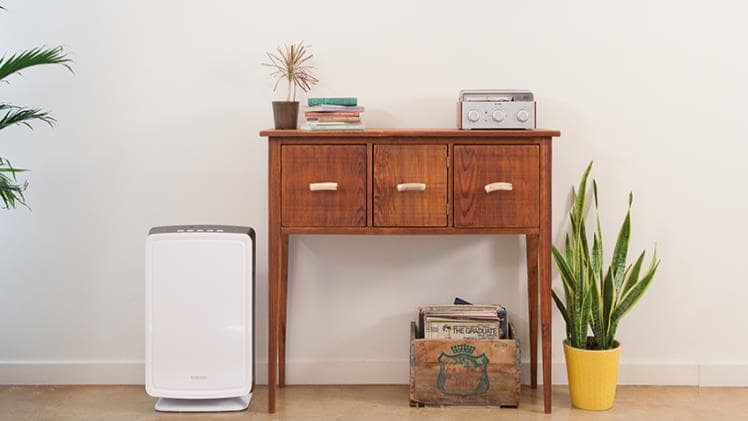Clean air is essential for good health. The air inside your house may have pollutants from cooking and gases from cleaning items which deteriorate its quality. An air purifier helps in keeping the environment of your house clean. They have internal fans that suck in the air. The air moves through its filters, and all the particles and pollutants get captured. A quality air purifier has HEPA filters that filter away the hazardous PM10 and PM2.5 particles. It’s wise to look for the best HEPA air purifier that is lab tested to eliminate 99.4 per cent of airborne particulates and smoke particulates. Here are some points to help you choose a good air purifier.
Assess Your Room Size
The foremost step to selecting air purifiers is finding the amount of space you desire the purifier to clean. If you have large rooms, small devices won’t do the job effectively. In contrast, heavy-duty air purifiers will not be the ideal choice for your kid’s bedroom. Most companies list down the suitable room size for specific air purifier models. But if you don’t find it mentioned, ensure that the model you are choosing is right for your room. If you don’t know how much space needs to be cleaned, it’s a wise idea to invest in a larger air purifier if it’s within your budget.
Assess the Type of Filter in the Purifier
Air purifiers have two filters: a prefilter that captures big particles and a primary filter that catches tiny particles. The air purifier’s primary or main filter is significant. It’s best to look into an air purifier with a HEPA or high-efficiency particulate air filter. These filters capture 99.97 per cent of particles that have a size of 0.3 microns or larger. The best HEPA air purifier imparts superior air filtration performance. It means that such a purifier has filters that catch particles and keep them trapped. The filters also operate silently and are energy efficient.
Know About the CADR Rating
Many air purifiers have a CADR or clean air delivery rate number. It’s a metric that the Association of Home Appliance Manufacturers (AHAM) have developed. It allows customers to know the efficacy of a device at filtering different particles in a particular room size. For instance, if you see a CADR of 200 for pollen, it implies that the filter can minimise the pollen accumulation at the equivalent of bringing 200 cubic feet of fresh air every minute. Generally, the greater the CADR number, the more particles your purifier can eliminate. Now, suppose you want to purchase an air purifier to improve the air quality in a room with an individual infected with COVID-19. In that case, you need to invest in a purifier with a CADR count of 240 or beyond.
Assess the Portability
Some models of air purifiers are more mobile and lightweight compared to others. Some are so small that they can easily sit on a shelf, and you can move them from one room to another. The heavier and bigger purifiers are kept stationary. But some of the models have casters, which make them portable. Let us suppose you desire to install an air purifier in the living room but wish to move it to the bedroom in the evenings. In that case, you should buy a smaller model. But if you want a single air purifier for your entire house, then choose one that’s neither too small nor not too big and can be easily moved.
When deciding to purchase an air purifier, you need to research it adequately. It’s best to look at the types of filters and the CADR ratings to gain clarity over the efficacy of the purifier for your specific requirements. After that, you can assess secondary factors like portability and size.

